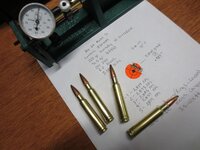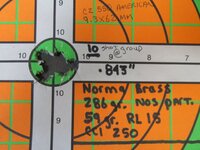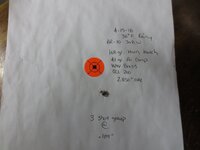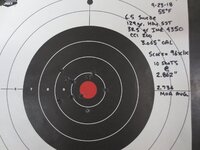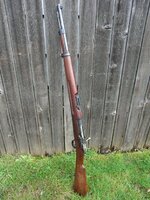- Thread Starter
- #21
I was going to bump the shoulder on loaded 204s that I had not shoulder bumped. Before I did it I asked a very well respected gunsmith and he brought up that it was like a loaded round in a chamber at that point. Probably not an issue but if there is something it would be catastrophic
I thought of doing all by myself...
So let me ask how you got to having loaded rounds that were needing the shoulder bumped back? I'm thinking you missed a step where you should have checked before loading the rounds?
And do you recall how far off the shoulders were from allowing the bolt to close?
I think what I'm getting here is that you are able to get more than one/two loads out of the brass with neck sizing only, but eventually you're more than likely to need a full length sizing/shoulder bump also. On bolt action rifles anyway.






